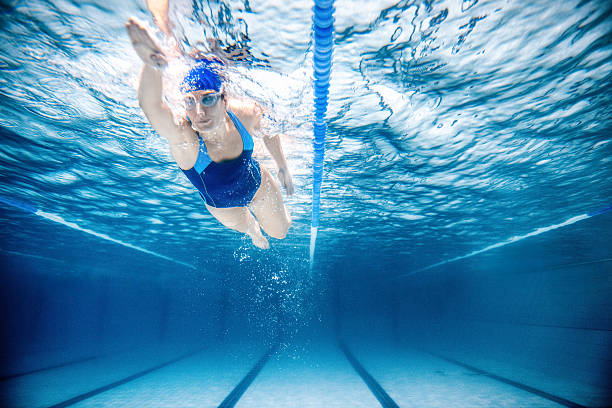Breakthroughs in Aquatic Training: Elevating Athletic Performance
In the world of sports, breakthroughs are often the result of relentless innovation and a deep understanding of human physiology. One such innovation that’s making waves in the athletic community is aquatic training. This article will delve into the world of aquatic training, tracing its history, exploring its benefits and challenges, and highlighting its real-world applications.

The Origins and Evolution of Aquatic Training
Aquatic training has roots that go back several centuries, from the ancient Greeks’ use of water for therapeutic purposes to modern-day professional athletes incorporating it into their training regimens. Over the years, it has evolved from a rehabilitation tool to a comprehensive training strategy, thanks to advancements in understanding the human body’s response to water immersion and resistance.
Current Trends in Aquatic Training
Today, aquatic training has transcended the realm of swimming and is now being utilized across a spectrum of sports. The buoyancy, hydrostatic pressure, and inherent resistance of water offer unique benefits that ground-based training cannot replicate. With experts continuously exploring innovative ways to harness these properties, aquatic training is rapidly gaining popularity.
Benefits of Aquatic Training
Aquatic training provides a low-impact, high-resistance environment that minimizes stress on joints while maximizing muscle engagement. It also facilitates cardiovascular conditioning, enhances flexibility, and promotes proprioceptive awareness. With the right approach, athletes can leverage these benefits to improve their performance in their respective sports.
Challenges and Real-World Applications
While the benefits are numerous, aquatic training also presents certain challenges. Notably, access to suitable facilities can be an issue. Additionally, designing effective aquatic training programs requires specialized knowledge. Despite these challenges, numerous athletes across different sports have successfully integrated aquatic training into their routines, showcasing its practicality.
The Future of Aquatic Training
The future of aquatic training looks promising, with ongoing research exploring new ways to optimize its benefits. As more athletes and trainers recognize its potential, we can expect to see a surge in its integration into mainstream athletic training programs.
In conclusion, aquatic training represents a transformative approach to athletic conditioning, one that offers a unique blend of benefits and challenges. As we move forward, it will continue to shape the sports world, pushing the boundaries of athletic performance.





